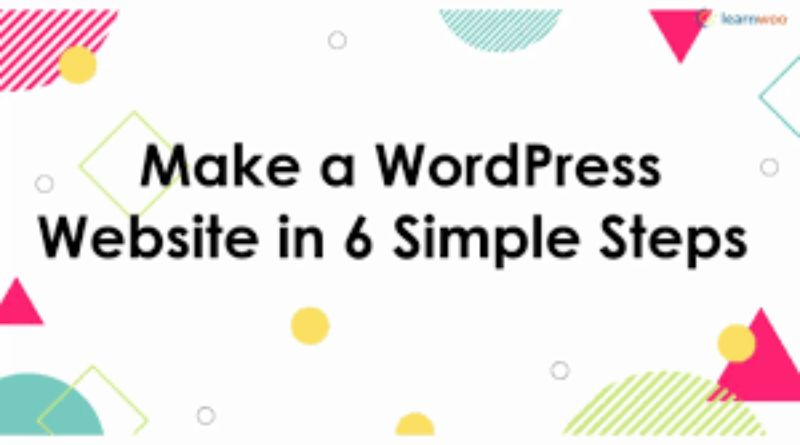Creating your own website can seem daunting if you’ve never done it before, but using WordPress makes it much easier than it used to be. Follow this step-by-step guide on how to make your first WordPress website and you’ll be up and running in no time. Be sure to bookmark this article so you can refer back to it whenever you need a refresher course on the basics of WordPress site creation and maintenance!
1) Choosing your domain name
As with any business, you need a name. But before you pick your domain, be sure you’ve checked and know the rules for the top-level domain (TLD) of your choice.
2) Choosing your web host
There are a lot of options out there for web hosting, but the most popular and trustworthy option is Bluehost. When you sign up, they offer a free domain name and 60 days of free hosting, which will give you plenty of time to learn how to use WordPress or any other content management system.
You can also choose from different levels of hosting services, depending on your needs: Shared Hosting, VPS Hosting, and Dedicated Server Hosting.
3) Installing WordPress on your website
Installing a new blog or website can be daunting, but it doesn’t have to be. If you’ve never done it before and are worried about making a mistake or not following instructions correctly, this guide will help you make your first website in just seven easy steps.
4) Creating your new site’s design
The next step is designing your site. One of the easiest ways to get started is by using a pre-built theme. There are many free and premium themes available on the Internet. You can find these by doing a quick Google search for WordPress Theme.
5) Adding content to your site with pages and posts
You can create new pages by going to Add New under the Pages tab. To edit a page, click the Edit link next to the title of the page you want to update. You can delete a page by clicking on the Trash Can icon next to its title.
The first step is deciding what your blog’s name is going to be and what your URL will be. If you’re using your own domain name, then you need these two pieces of information when signing up for hosting.
6) Securing your site with a security plugin
It’s important to secure your site with a security plugin, like Wordfence or Sucuri. It will help protect your website from malicious attacks and hackers, which is why it’s the first thing you should do when setting up a new website. You can also use one of these plugins for a more customized solution.

Leave a Reply